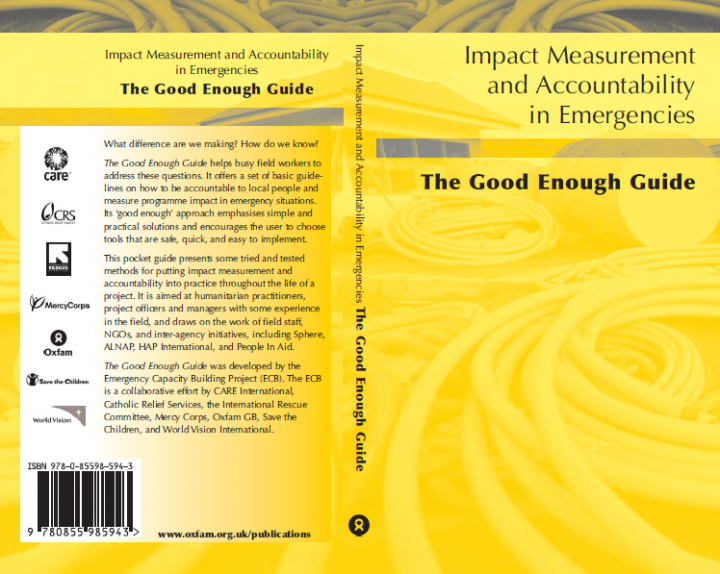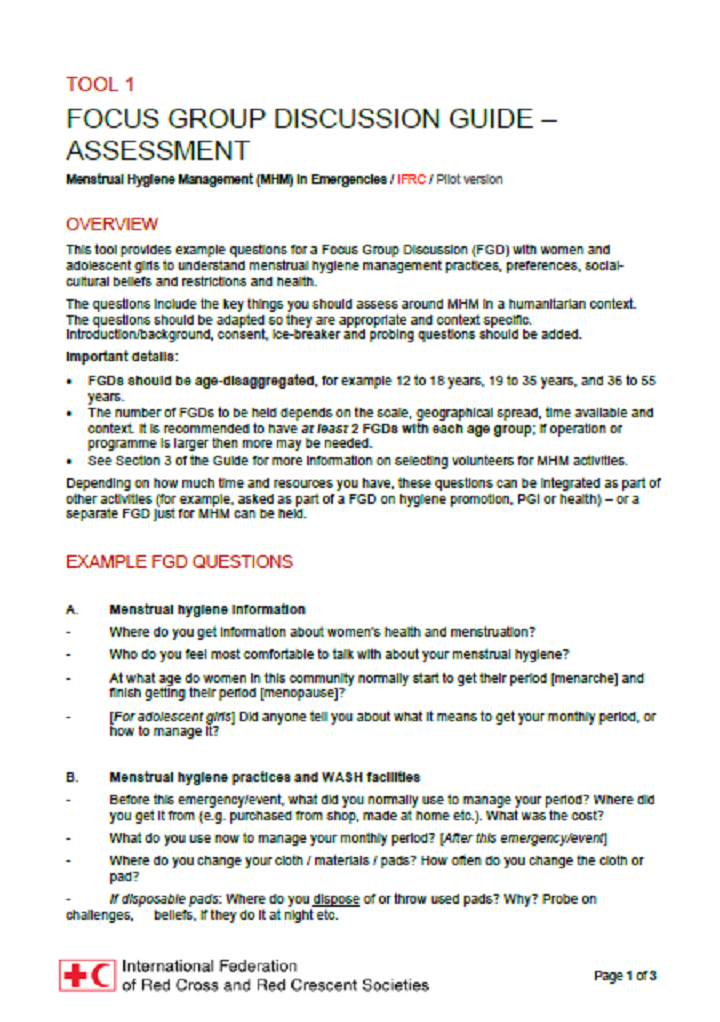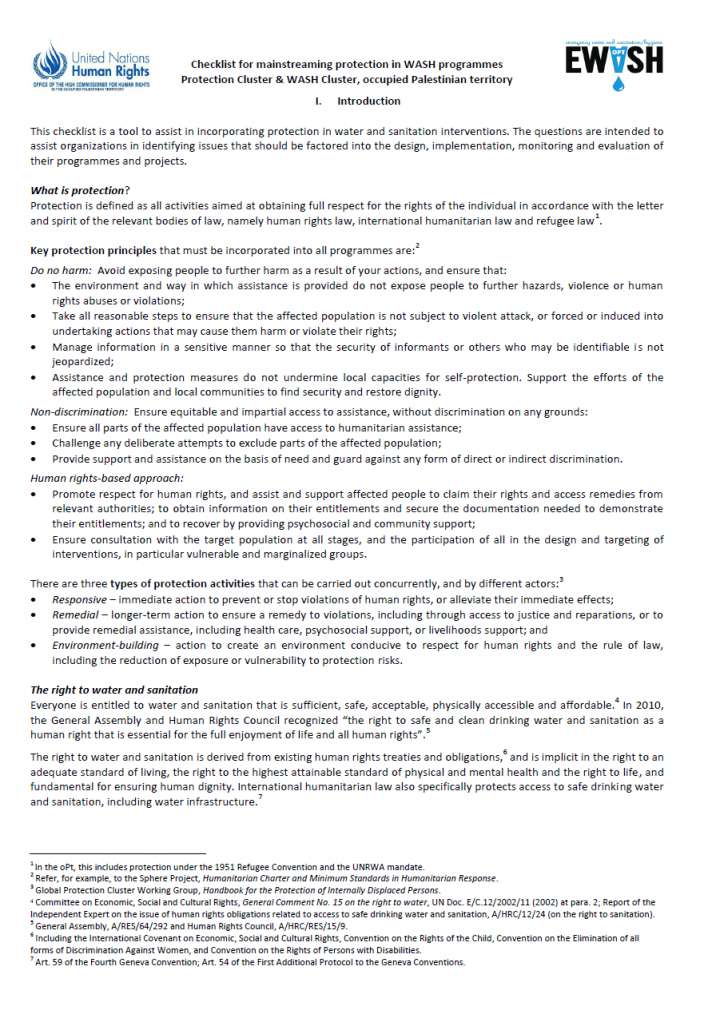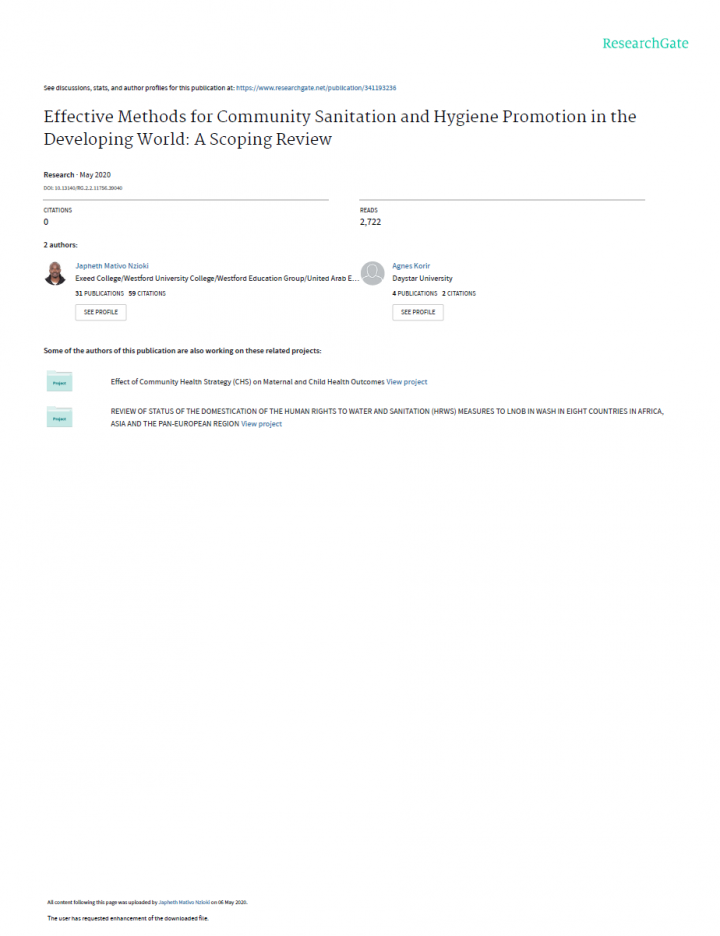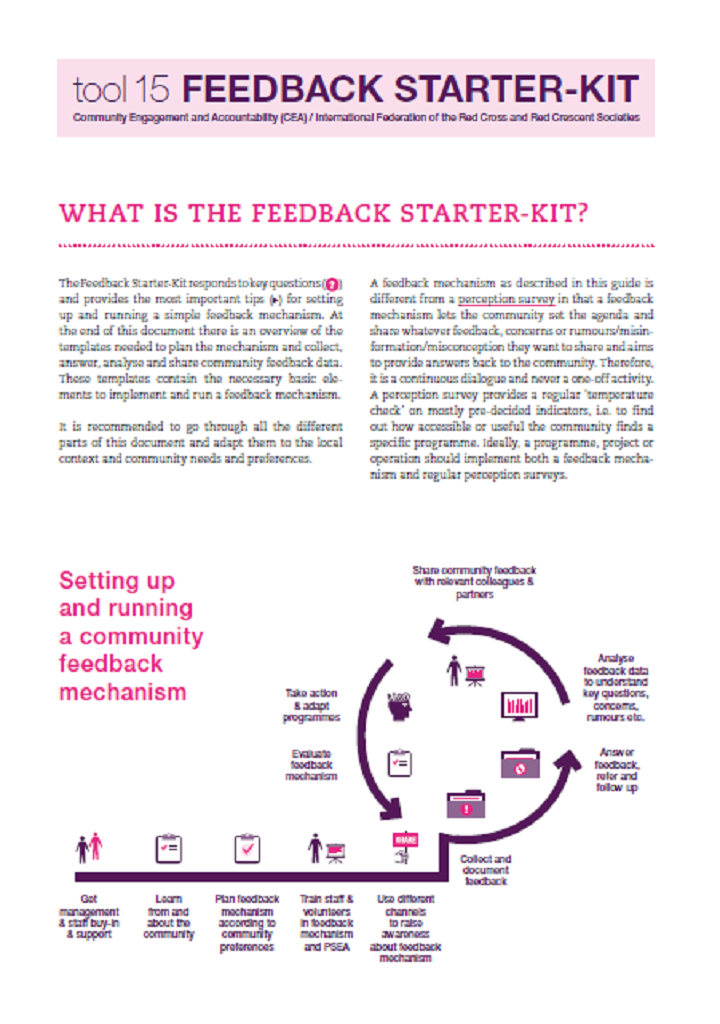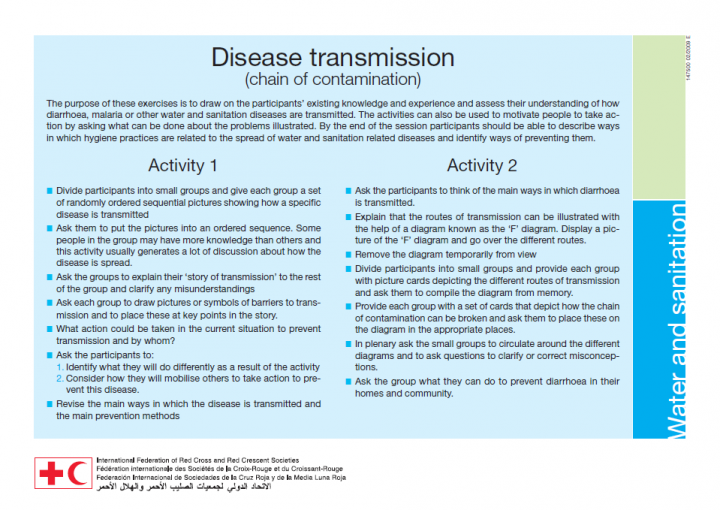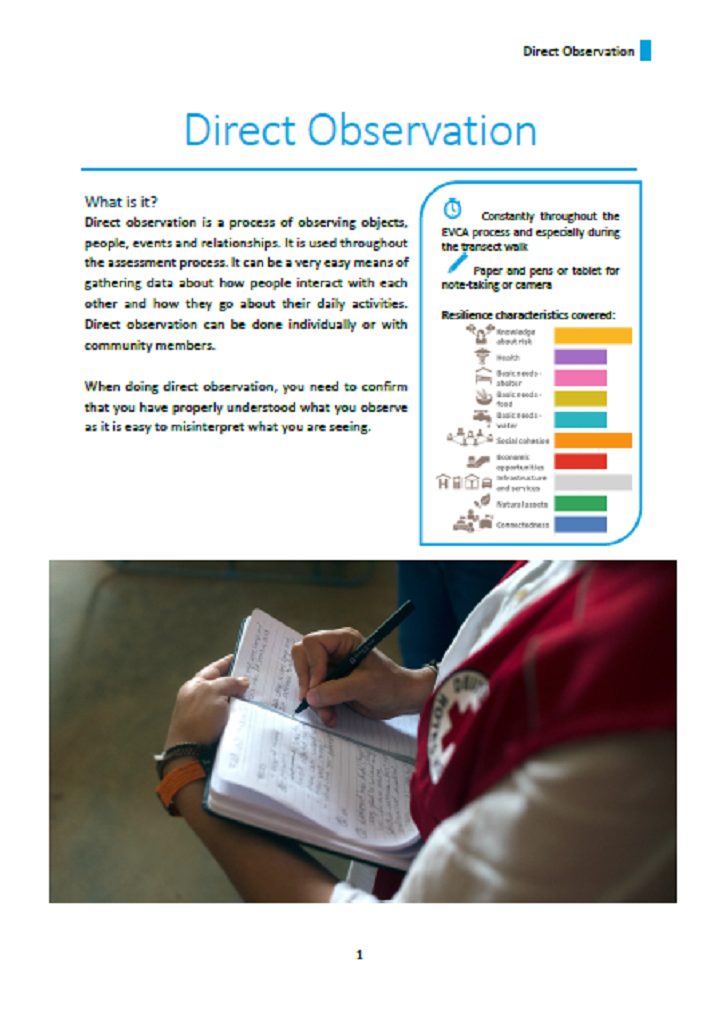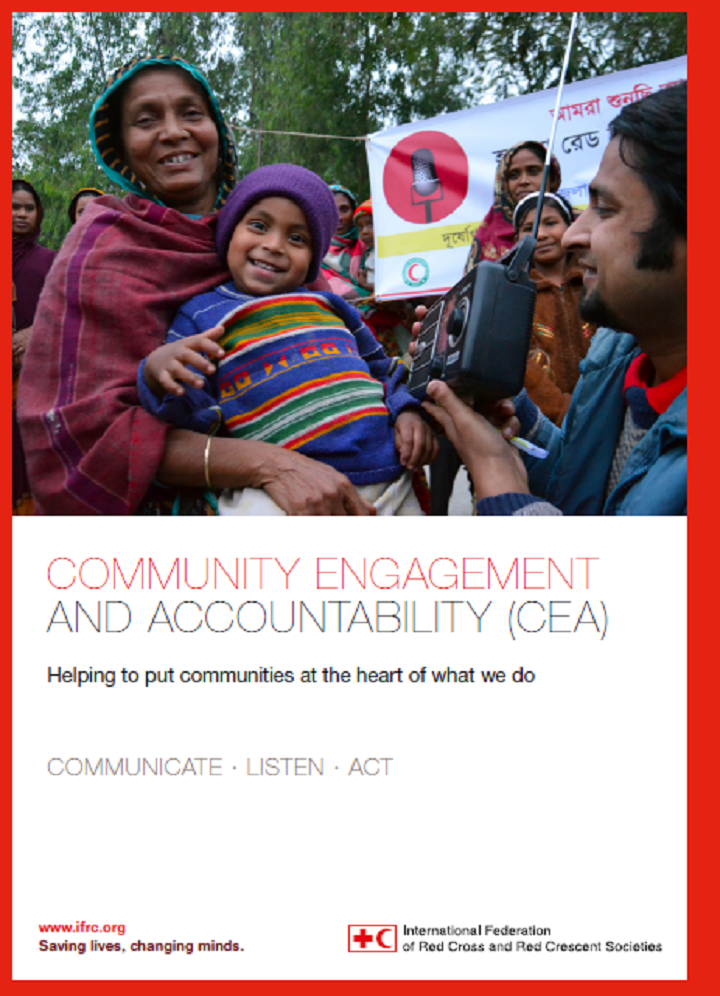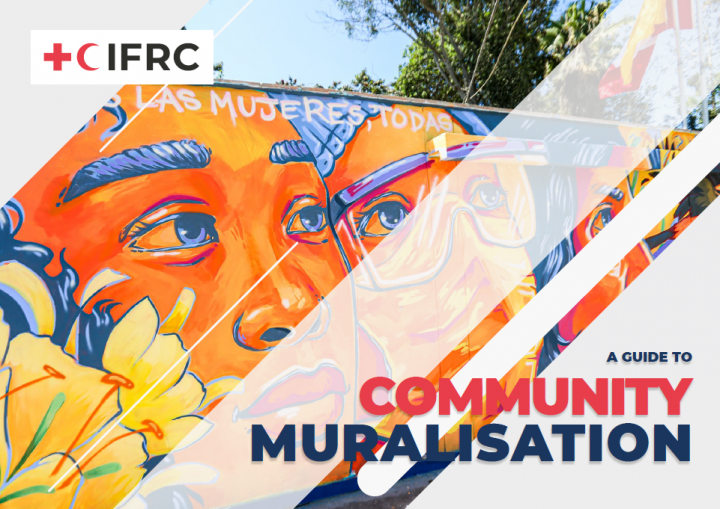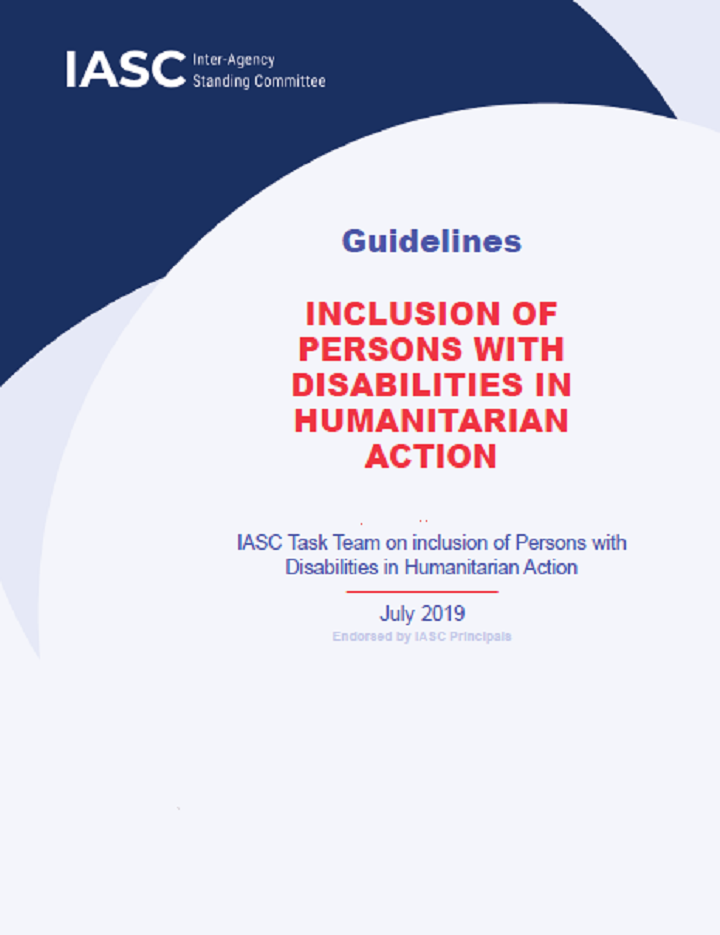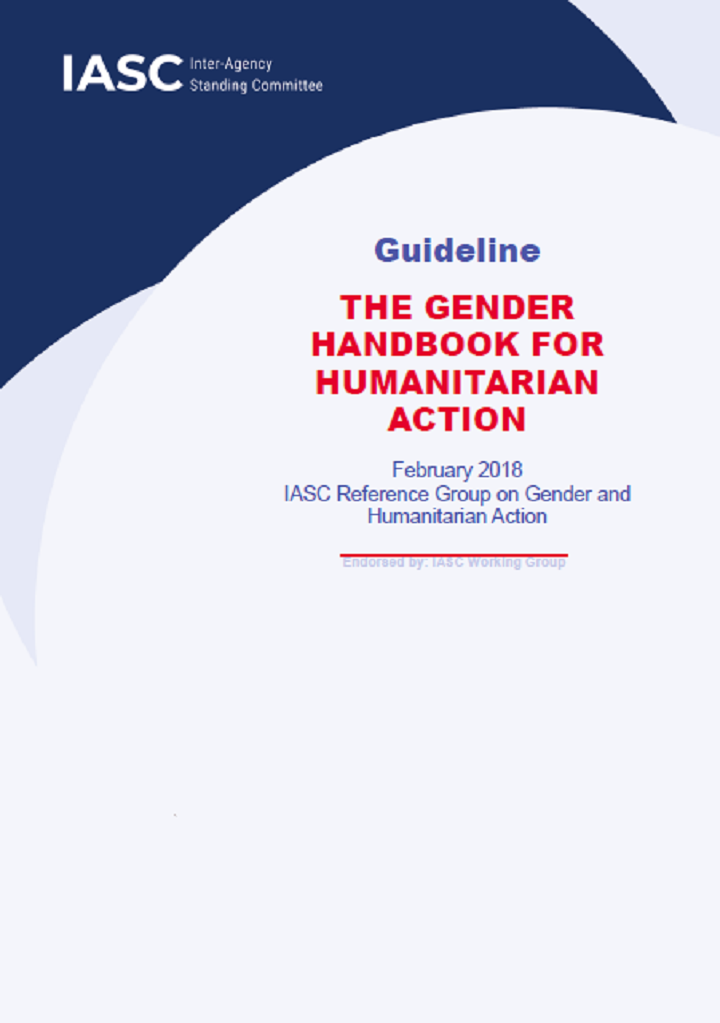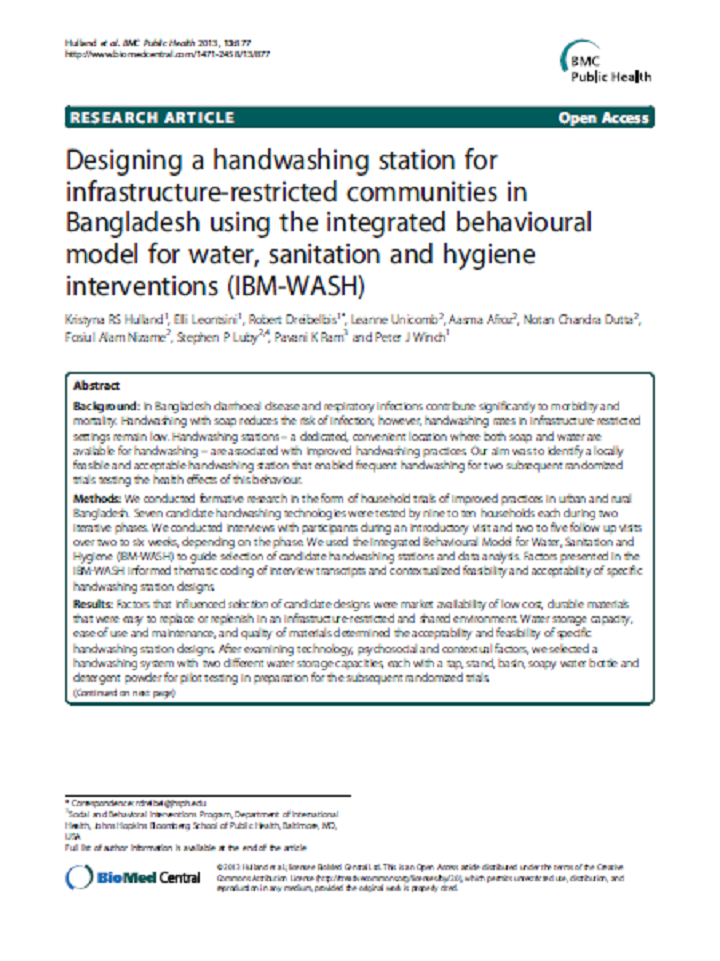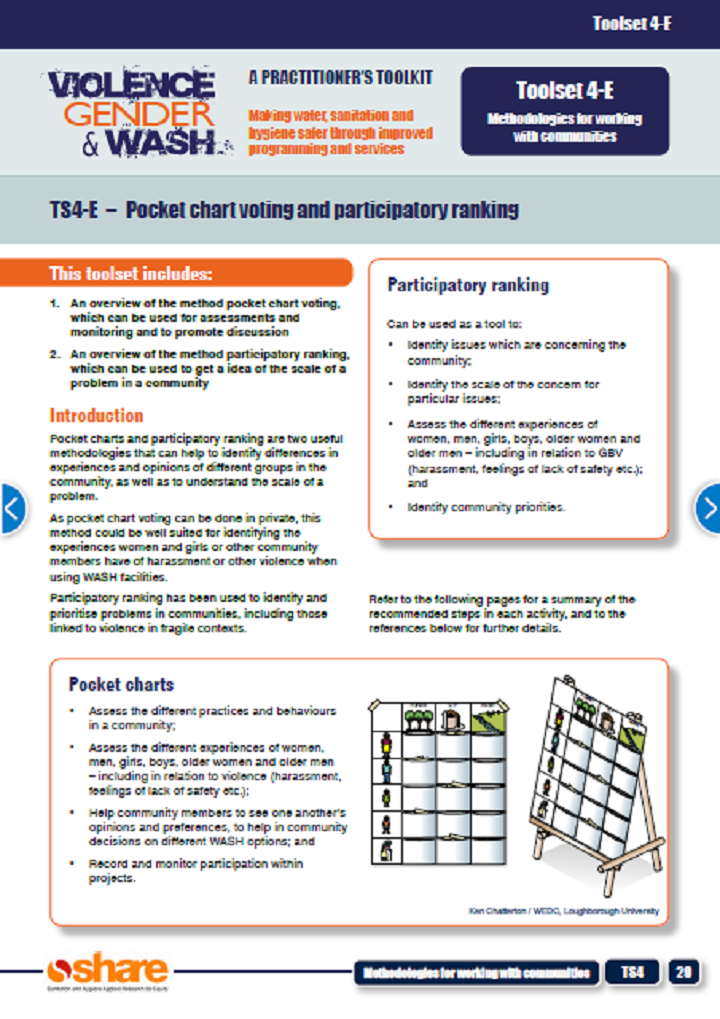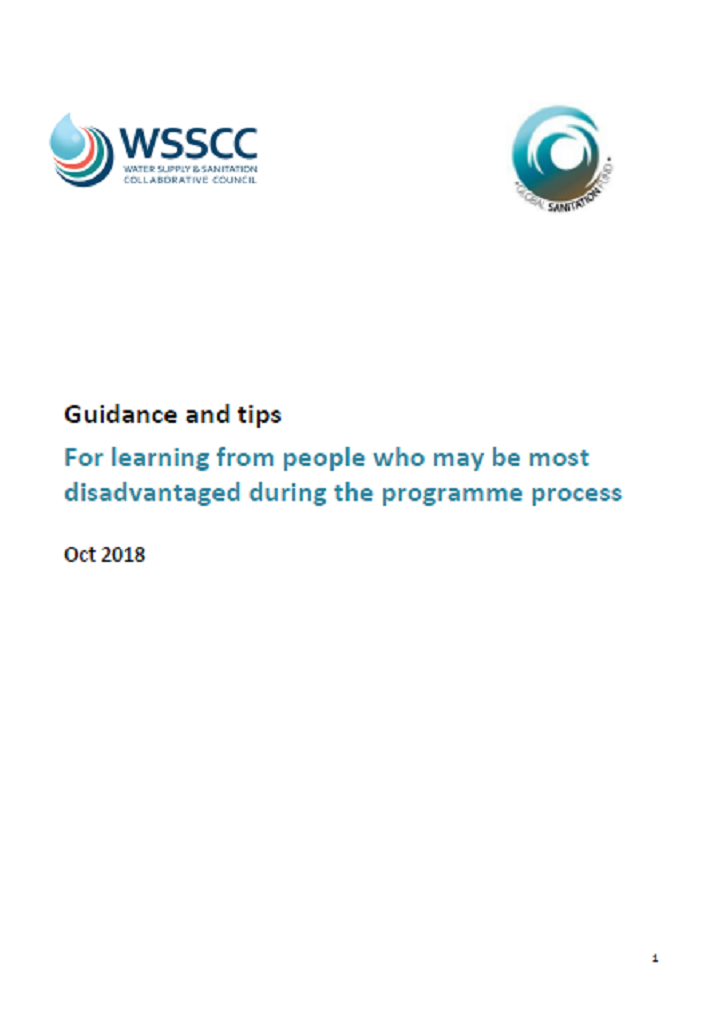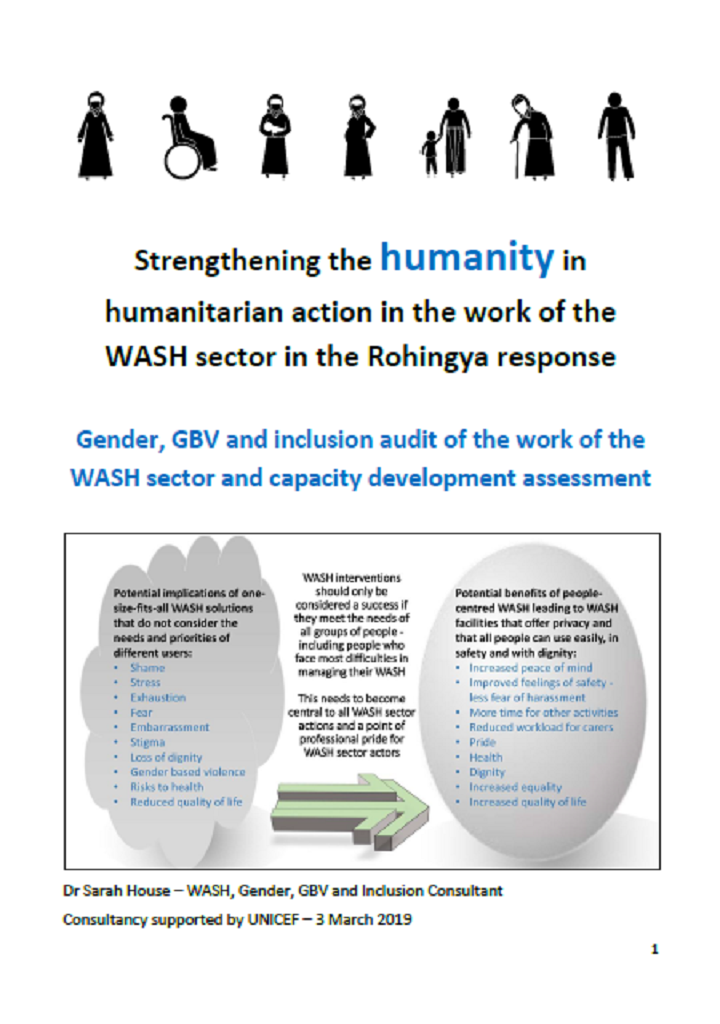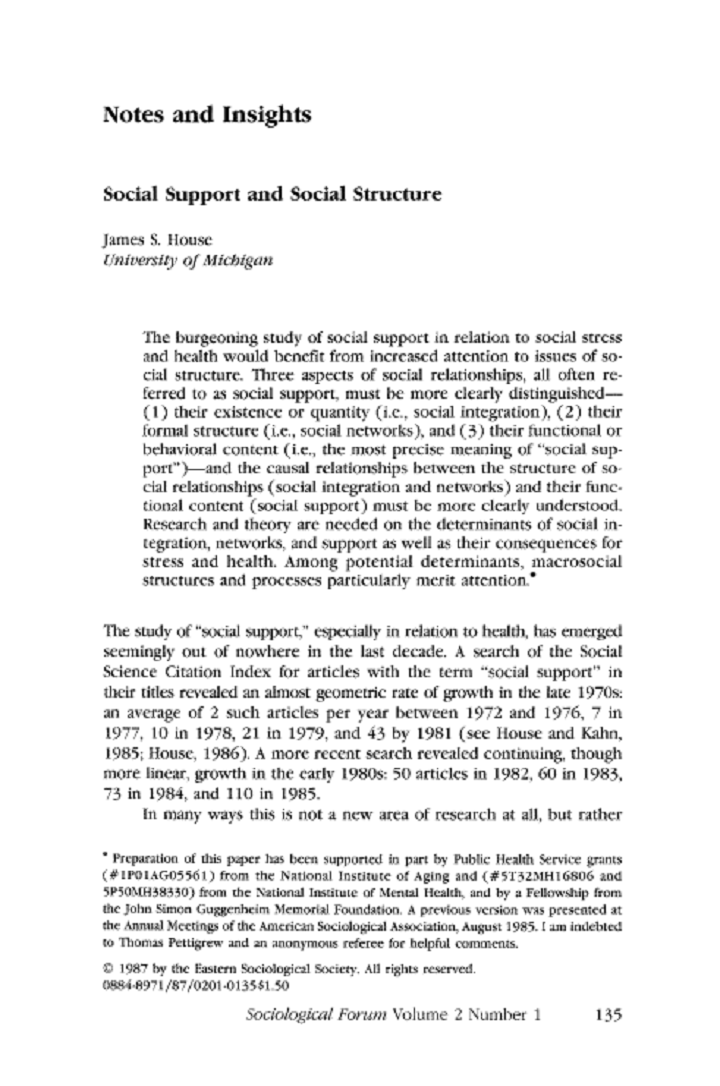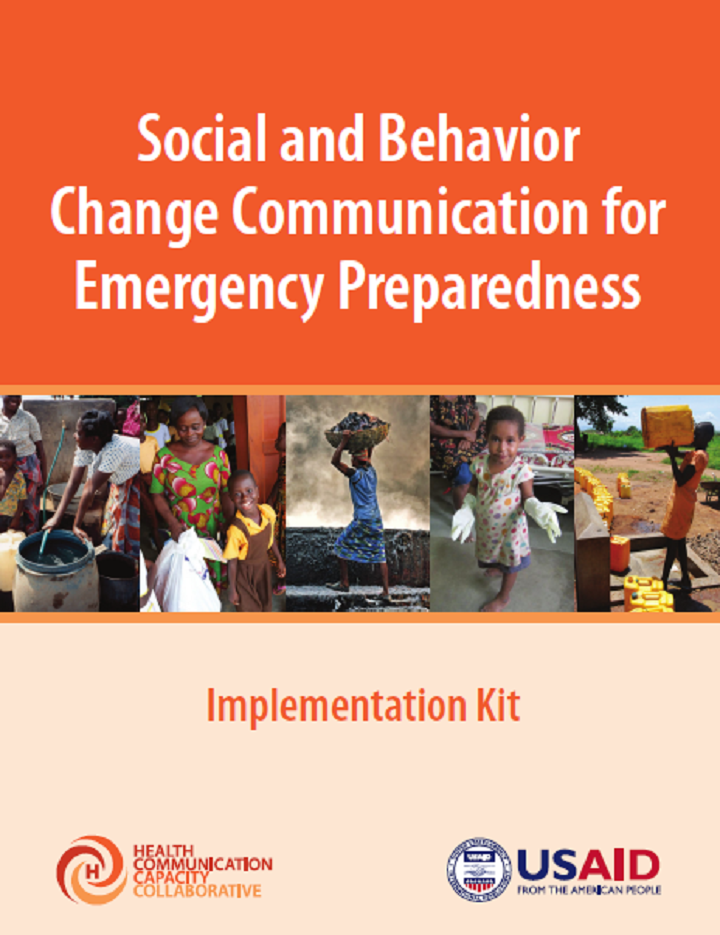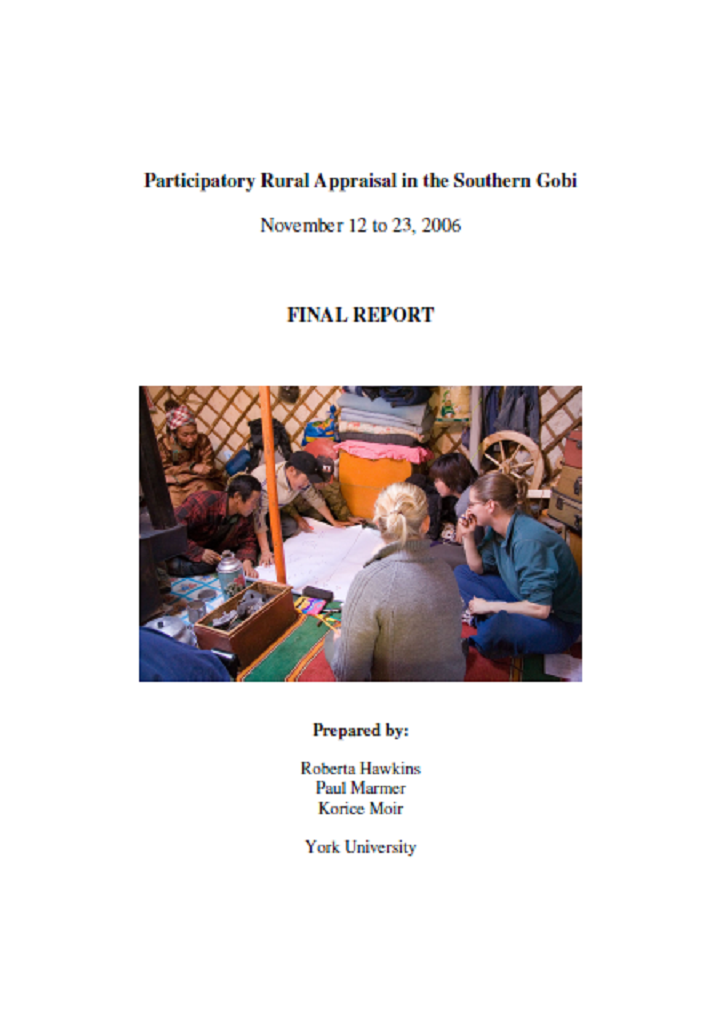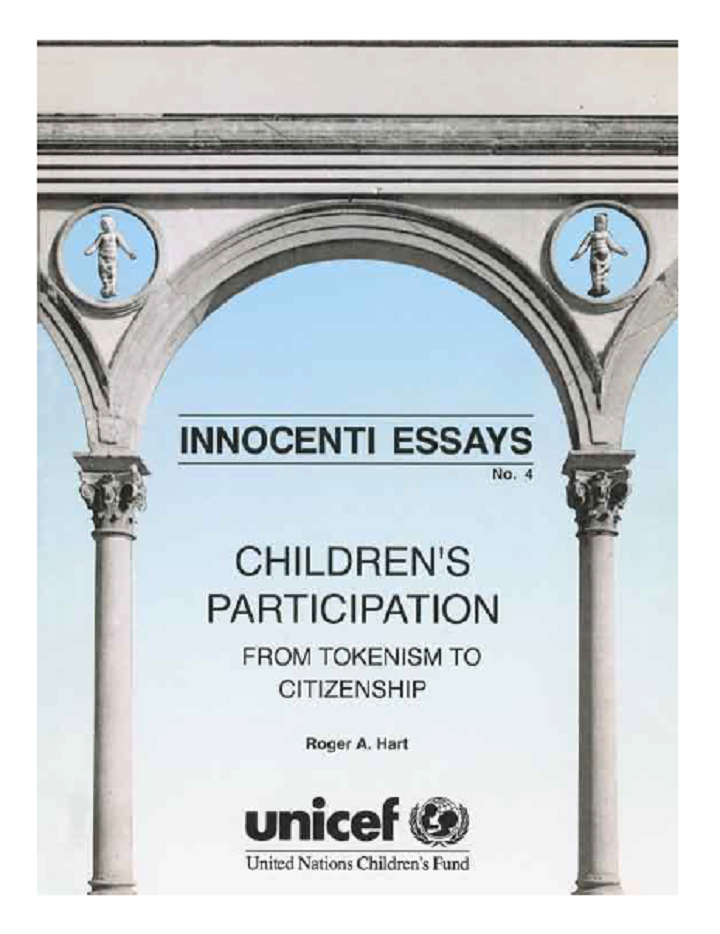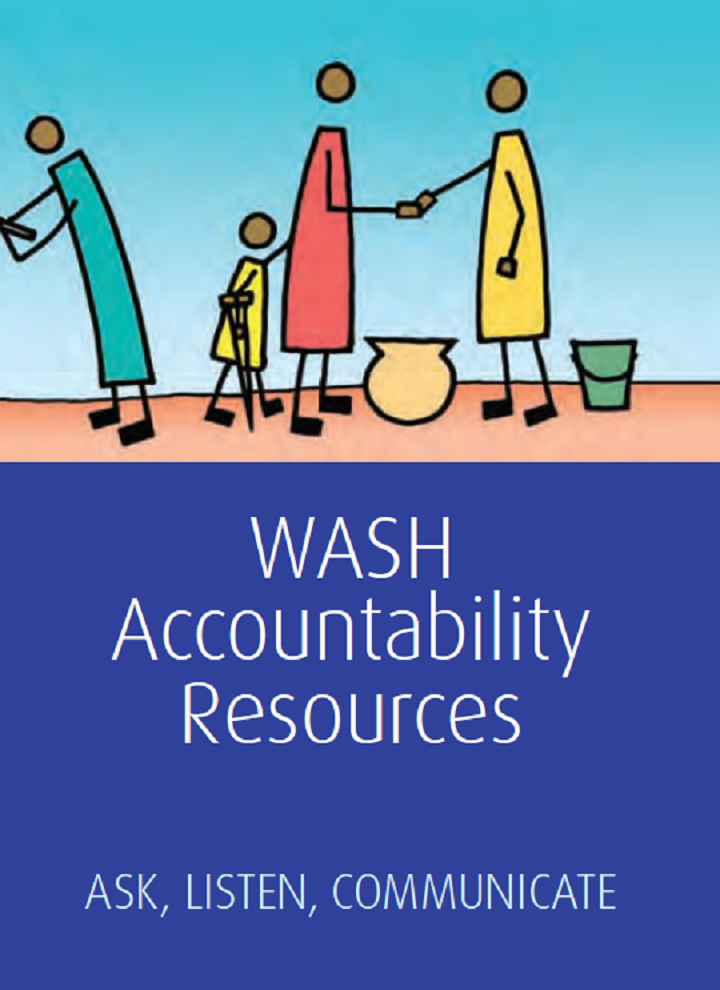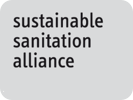Oxfam (2007) The Good Enough Guide. Impact Measurement and Accountability in Emergencies. Emergency Capacity Building Project.
What difference are we making? How do we know? The Good Enough Guide helps busy field workers to address these questions. It offers a set of basic guidelines on how to be accountable to local people and measure programme impact in emergency situations. Its 'good enough' approach emphasises simple and practical solutions and encourages the user to choose tools that are safe, quick, and easy to […]
IFRC (0) Focus Group Discussion Guide – Assessment. Menstrual Hygiene Management in Emergencies
These guidelines outline a step-by-step process for Red Cross Red Crescent staff and volunteers to plan and implement effective, context appropriate hygiene promotion, without taking shortcuts or delivering ‘hygiene messages’. The guidelines provide National Societies with a standard approach for quality assurance, and an opportunity for more effective training and monitoring.
OHCHR (0) Checklist for Mainstreaming Protection in WASH Programmes. Protection and WASH Cluster.
This checklist is a tool to assist in incorporating protection in water and sanitation interventions. The questions are intended to assist organizations in identifying issues that should be factored into the design, implementation, monitoring and evaluation of their programmes and projects.
Nzioki, M.N., Korir, A (2020) Effective Methods for Community Sanitation and Hygiene Promotion in the Developing World: A Scoping Review
World Health Organization data on the burden of disease shows that approximately 3.1% of deaths (1.7 million) and 3.7% (54.2 million) of disability-adjusted-life-years (DALYs) worldwide are attributable to unsafe water, sanitation and hygiene. In Africa and developing countries in South East Asia 4-8% of all disease burdens are attributable to poor hygiene and sanitation. Over 99.8% of all deaths in developing world are attributable to […]
IFRC (2020) Feedback Starter Kit. Tool 15
This feedback starter-kit responds to key questions and provides the most important tips for setting up and running a simple feedback mechanism. The kit includes an overview of templates containing the necessary basic elements to implement and run a feedback mechanism. All tools can be found under the 'related resources' section of this page.
IFRC (2009) Disease Transmission (Chain of Contamination)
The purpose of these exercises is to draw on the participants’ existing knowledge and experience and assess their understanding of how diarrhoea, malaria or other water and sanitation diseases are transmitted. The activities can also be used to motivate people to take action by asking what can be done about the problems illustrated. By the end of the session participants should be able to describe […]
IFRC (2021) Community Engagement and Accountability Toolkit
This toolkit contains tools that can help National Red Cross and Red Crescent Societies – as well as other organizations – to assess, design, implement, monitor and evaluate community engagement and accountability activities in support of programmes and operations. The toolkit should be used in conjunction with our Guide to Community Engagement and Accountability.
IFRC (2021) A Guide to Community Muralisation
Community murals could help CEA practitioners to promote coexistence in public spaces; involving communities, it can be a vehicle for social cohesion and inclusion. This guide presents the steps to follow to develop a community muralisation activity within a migration framework.
IASC (2019) Guidelines. Inclusion of Persons with Disabilities in Humanitarian Action
The guidelines set out essential actions that humanitarian actors must take in order to effectively identify and respond to the needs and rights of persons with disabilities who are most at risk of being left behind in humanitarian settings. The recommended actions in each chapter place persons with disabilities at the centre of humanitarian action, both as actors and as members of affected populations. They are […]
IASC (2018) Guideline. The Gender Handbook for Humanitarian Action
The Inter-Agency Standing Committee (IASC) published the original Women, Girls, Boys and Men. Different Needs — Equal Opportunities: Gender Handbook in Humanitarian Action in 2006. The purpose of the handbook was to provide humanitarian actors with guidance on gender analysis, planning and actions to ensure that the needs, priorities and capacities of women, girls, men and boys are considered in all aspects of humanitarian response. […]
Hulland, K., Leontsini, E., Dreibelbis, R., Unicomb, L., Afroz, A., Dutta, N.C., Nizame, F.A., Luby, S.P., Ram, P.K., Winch, P.J. (2013) Designing a Handwashing Station for Infrastructure-Restricted Communities in Bangladesh Using the Integrated Behavioural Model for Water, Sanitation and Hygiene Interventions (IBM-WASH)
In Bangladesh diarrhoeal disease and respiratory infections contribute significantly to morbidity and mortality. Handwashing with soap reduces the risk of infection; however, handwashing rates in infrastructure-restricted settings remain low. Handwashing stations – a dedicated, convenient location where both soap and water are available for handwashing – are associated with improved handwashing practices. Our aim was to identify a locally feasible and acceptable handwashing station that […]
House, S., Ferron, S. et al. (2014) Violence, Gender and WASH. A Practitioner´s Toolkit. Toolset 4-E Methodologies for Working With Communities. Pocket Chart Voting and Participatory Ranking
Pocket charts and participatory ranking are two useful methodologies that can help to identify differences in experiences and opinions of different groups in the community, as well as to understand the scale of a problem. As pocket chart voting can be done in private, this method could be well suited for identifying the experiences women and girls or other community members have of harassment or […]
House, J.S. (1987) Social Support and Social Structure
The burgeoning study of social support in relation to social stress and health would benefit from increased attention to issues of social structure. Three aspects of social relationships, all often referred to as social support, must be more clearly distinguished—(1) their existence or quantity (i.e., social integration), (2) their formal structure (i.e., social networks), and (3) their functional or behavioral content (i.e., the most precise […]
Health Communication Capacity Collaborative (2016) SBCC for Emergency Preparedness. Implementation Kit
In the wake of Ebola and in the throes of the Zika outbreak, more focus than ever is on the importance of strong and resilient1 health systems that serve and promote the well-being of individuals, households and communities. Engaging in social and behavior change communication (SBCC) preparedness efforts as part of strengthening a health system, and certainly prior to a critical incident, can bolster a […]
Hawkins, R., Marmer, P., Moir, K. (2006) Participatory Rural Appraisal in the Southern Gobi
Hart, R.A. (1992) Children’s Participation: from Tokenism to Citizenship
A nation is democratic to the extent that its citizens are involved, particularly at the community level. The confidence and competence to be involved must be gradually acquired through practice. It is for this reason that there should be gradually increasing opportunities for children to participate in any aspiring democracy, and particularly in those nations already convinced that they are democratic. With the growth of […]
